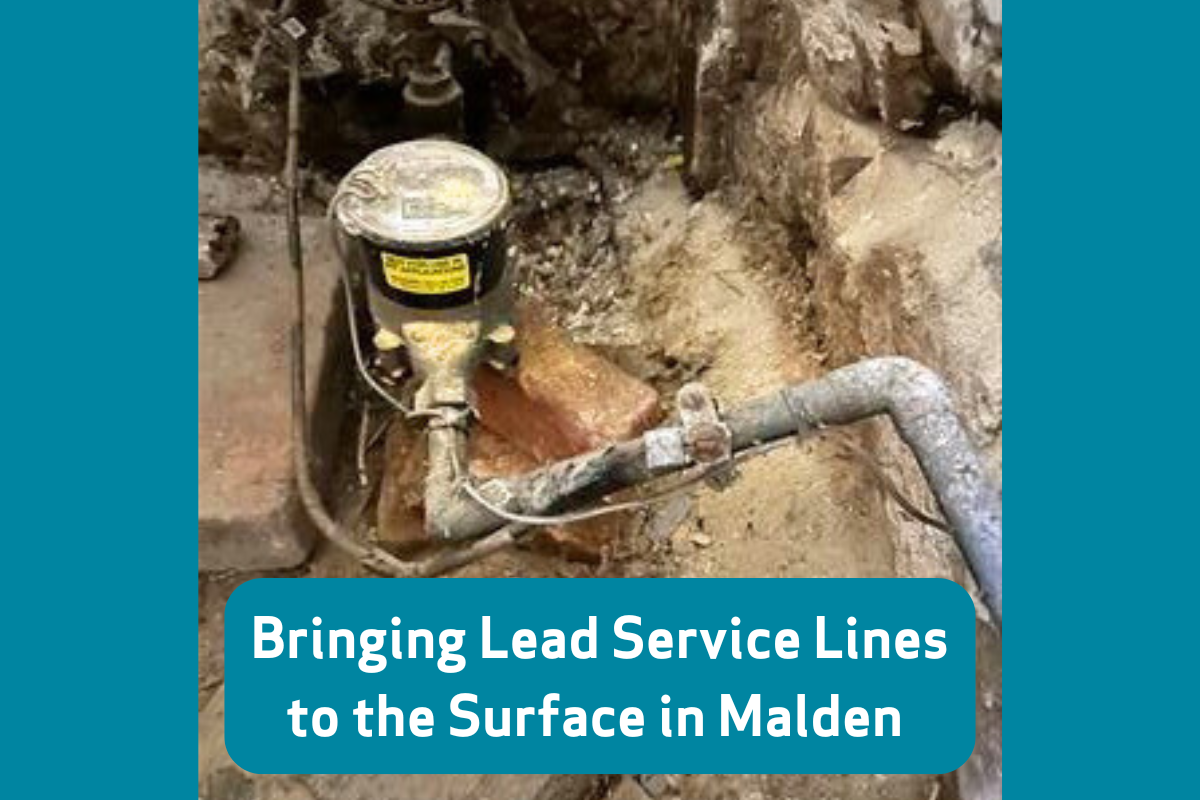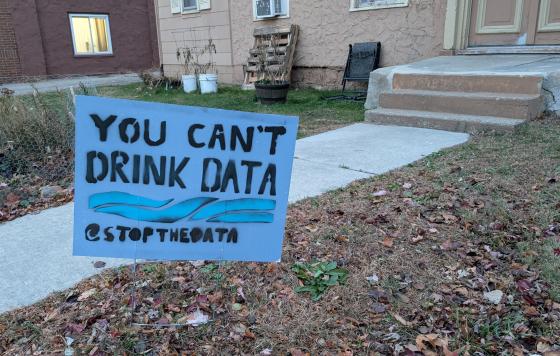
I knocked on the door, repeating what I would say in my head.
It was the first day of Clean Water Action’s door-knocking campaign to identify lead pipes in Malden. Our canvass team was working in Environmental Justice (EJ) communities, who disproportionately face the burdens of older housing where lead service lines are found.
We had worked with a translation team and language access coordinators, conducted public outreach, and engaged with community members. Our message was clear. Lead could get into drinking water from old pipes under the street. These pipes, called service lines, carried water into the home.
We were here to talk about what to do next.
As footsteps approached the door, I thought back to recent conversations I had with my own family. A month before, we had discovered that my brother’s apartment had a lead service line. My brother had first asked me if there was a filter he could use while he spoke with his landlord (Tip 3, below). I remembered how worrying it was to talk about an issue that was not only harmful to his health, but also buried underground.
The screen door creaked open, and my hands grew sweaty against my flyers. Whatever I had rehearsed in my head, whatever past conversations I had, those conversations would not be this conversation. Each meeting depended on who answered the door, and it mattered how the information was shared.
So I smiled. We spoke about lead service lines and lead in drinking water. We talked about the steps they could take that day, like running their cold water for 1-2 minutes before using it for drinking or cooking (Tip 1, below).
We spoke about the actions the city was taking to identify and remove the lead service lines. We discussed how they could set up a free, five-minute appointment to identify their service line material. Or if they preferred, they could find their service line themselves (usually in their basement, connected to the water meter).
These conversations were different than those I had with my brother. Yet at each house, with every conversation, we were working against a wider environmental injustice. We were bringing to the surface that which was buried and decaying. We were sharing actions to take today, one conversation at a time.
5 Tips to Protect Your Family from Lead in Drinking Water
- Before using tap water for drinking or cooking, run the cold water for 1-2 minutes.
- Use the cold water tap for drinking, cooking, and baby formula.
- Use a water filter. National Sanitation Foundation (NSF) filters are certified to remove lead if they are marked with NSF/ANSI Standard 53 or 58 on the package. Replace internal filters as directed.
- Feed your family a healthy diet rich in iron, calcium, and vitamin C. A full stomach slows the absorption of lead.
- Schedule a blood lead test for your child. Blood lead level tests are covered by insurance, and for children are required at 9-12 months, 2, 3, and 4 years old.
Resources for Residents
Call your Water Department (for Malden, MA: 781-397-7040).
- Ask them if they know what material your service line is made of.
- If they don’t know, ask them if they will come to your house to check the line.
- Ask them if they will test your water for lead for free.
- Ask for a full Lead Service Line Replacement
For more information
City of Malden - Find Out If You Have Lead Service Lines
Clean Water Lead Information Page


